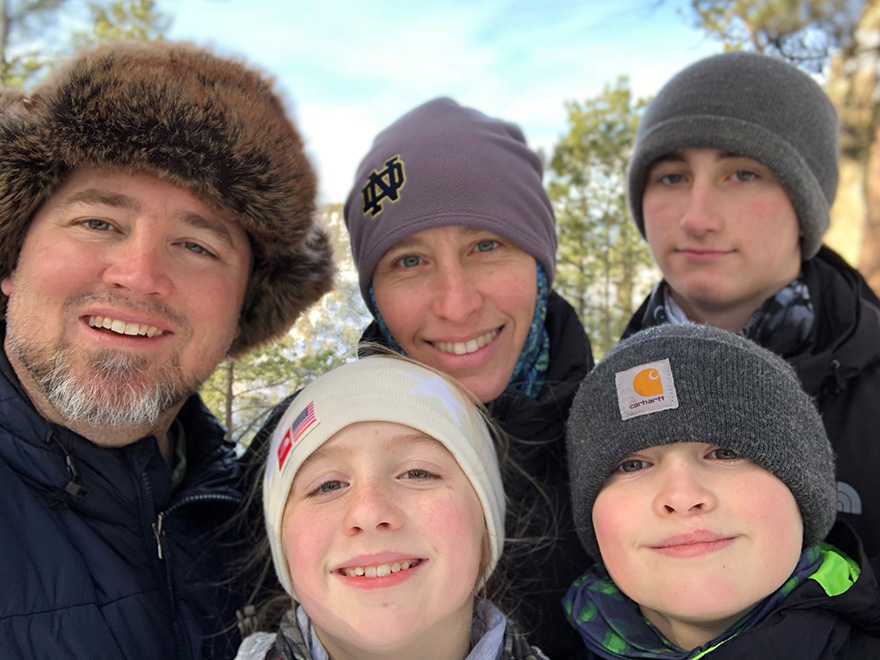What I Learned in the Ice Bucket Challenge
The “ice bucket challenge” is flooding the internet, and I knew it was just a matter of time until it reached me. I could see it closing in through our circles of friends and family. It arrived this week when my sister challenged me to participate.
I’ve been pondering what my response would be to this challenge. The basic premise is that a person either donates $100 to support research to fight ALS (Lou Gehrig’s Disease), or donates $10 and dumps a bucket of ice water over their head to raise awareness. The participant then “calls out” others by publicly asking for their participation within 24 hours.
The whole phenomenon began early this past spring with a social media-based charity fundraising challenge to jump into freezing cold water. The ALS Association commandeered the bandwagon this summer when it morphed into a much safer ice bucket dump, and has raised more than $50 million, not to mention the public awareness of the disease from these viral videos.
(A little investigation reveals that the ALS Association supports research that uses embryonic stem cells, which is problematic. Many people are responding to the challenge by donating to institutions that fight disease with research that uses adult stem cells, such as the John Paul II Medical Research Institute: http://www.jp2mri.org.)
Lou Gehrig, the best first baseman to play baseball, was forced to retire at age 36 when he was struck with amyotrophic lateral sclerosis (ALS). The disease causes the deterioration of motor neurons, which control voluntary and involuntary muscle movement throughout the body. Muscle atrophy from the illness leads to paralysis and death.
Ice Bucket Challenge videos are captivating because it is fun to see how people we know react to the cold water dousing. It is also attractive to witness and be a part of a social movement that supports a worthy cause.
One reason for the success of the campaign is the public pressure it creates to follow through. Our whole family had been called out, and I felt like our whole circle of extended family and friends were watching to see if we’d participate—many of them completed the challenge, after all.
Something in me bristled at submitting to public pressure, and I wanted to be sure that our kids came away from this experience with the strength to follow their own convictions, whatever they are. The whole point, after all, is awareness and support for an important cause, so I talked with them about ALS, described the disease and the campaign, and encouraged them to respond to the challenge in a thoughtful way.
I laid out their options: They could just ignore it (a perfectly fine response that Stacey opted for—she’s not one to be pressured into anything). They could follow through and participate with a dousing and donation to raise awareness for ALS. Or they could use the opportunity to support or raise awareness about another cause they feel strongly about.
At bottom, the Ice Bucket Challenge earns the undivided attention of people in one’s social network who are watching for the payoff: a freezing-cold soaking. This is a privileged platform for our voice to be heard, so it should not be taken lightly. What a great opportunity to help our children learn about social action.
What did we end up doing? Watch here and see:
https://www.youtube.com/watch?v=TslKGhg8f2g&list=UUmn5ZlSNS–S4oO6cQHQ7Zg





